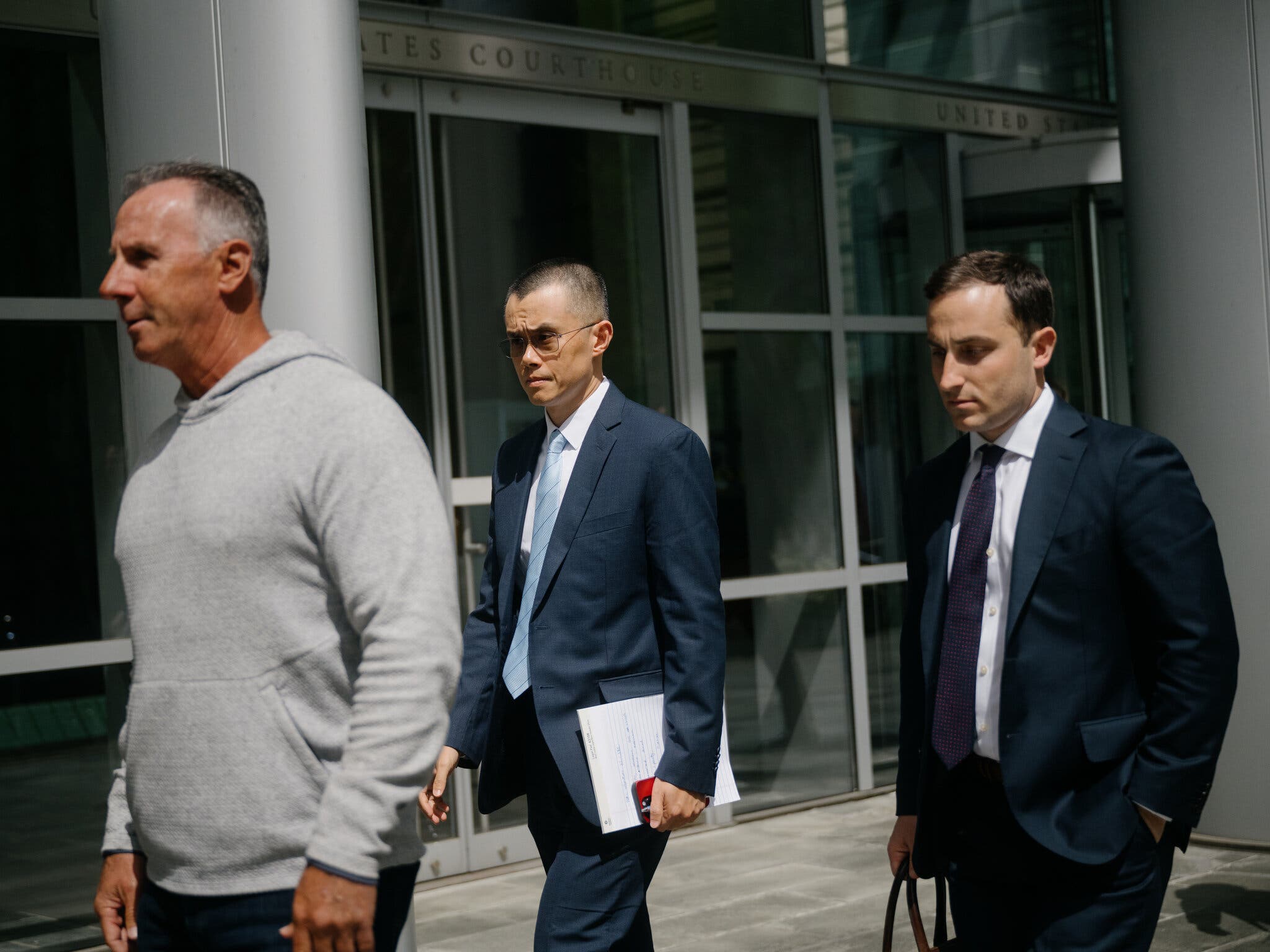Chernobyl’s Steel Shield: Drone Attack Reveals New Risks
The steel shell designed to protect the site of the world’s worst nuclear disaster at Chernobyl, expected to last a century, faced an unexpected challenge due to recent war activities. A Ukrainian air defense unit identified damage caused by a drone strike that resulted in a fire burning for weeks. Eric Schmieman, who spent 15 years designing the protective facility, emphasized that they had not anticipated acts of war in their safety analysis. The International Atomic Energy Agency confirmed significant damage to the structure, raising questions about future repairs, costs, and timeline. The incident has potential implications for the ongoing efforts to dismantle and safely manage the radioactive materials from the site, complicated by the need to maintain low humidity within the structure to prevent corrosion. As experts evaluate the extent of the damage and necessary repairs, there are concerns about the costs and feasibility of restoring the facility to its original protective capability.
The Steel Shell of Chernobyl: An Engineering Marvel Facing Unexpected Challenges
Specialists are facing daunting challenges as they grapple with the aftermath of the drone attack on Chernobyl’s steel shell. The situation is exacerbated by the need to address the various forms of damage and the complex engineering problems involved in both the immediate and long-term repair efforts. It is clear that simply sealing the holes with basic materials may offer a temporary respite, but these measures will not suffice for restoration. Meanwhile, the critical task of lowering humidity levels inside the structure remains a priority to prevent accelerated deterioration of the steel shell. The intricate repair process could demand vast resources, including innovative uses of drones to assess and potentially assist in the repair of the damaged sections. Despite the insights of experts like Mr. Schmieman, the path forward is uncertain, with the specter of high costs and logistical hurdles looming large over any proposed solution. The involvement of the international community could be pivotal in addressing this urgent and complex situation at one of the world’s most notorious sites of nuclear disaster.
The Drone Attack and Its Implications
Despite the challenges, officials and experts are focused on finding solutions to stabilize the structure and mitigate further risks. The aim is not only to fix the immediate damage but also to prevent future deterioration that could lead to increased radiation exposure. The complexity of the task is compounded by the ongoing conflict, which poses additional logistical and safety concerns. It is essential to ensure that any repairs are durable and capable of withstanding potential future threats. However, the path forward is fraught with uncertainties, as the situation demands international cooperation, significant financial investment, and advanced technological interventions. The urgency of the situation is clear, yet the means to address it effectively remain to be fully determined.
Drones’ Potential Role in Evaluating and Repairing the Damage
On Feb. 14, a drone with a high-explosive warhead that likely cost as little as $20,000 to produce punched a hole in the steel shell. Ukrainian officials said the Russians deliberately targeted the structure with a Shahed 136 drone. The Kremlin has denied responsibility. While the initial fire was quickly put out, a waterproof membrane inside the insulation of the arch burned and smoldered for almost three weeks, said Artem Siryi, the head of the operations department for the structure, called the New Safe Confinement. Emergency workers in mountain-climbing equipment had to knock holes into the shield’s outer layer, hunting for the fire, and spray water inside a structure designed to stay dry to prevent corrosion, Ukrainian officials and international experts said.
The Challenges of Repairing the Damaged Shield
The international community is now faced with the daunting task of addressing the damage inflicted upon the Chernobyl protective shell. The challenge lies not only in the immediate need to repair the compromised structure but also in preventing further deterioration and addressing the long-term solutions necessary to protect against the persistent nuclear threats. As experts deliberate on the best course of action, it remains critical to focus on ensuring safety while also considering the financial and logistical complexities involved. The situation underscores the ongoing hazard of nuclear energy infrastructure in conflict zones and the imperative for robust global cooperation and technological innovation in averting potential disasters.















Post Comment